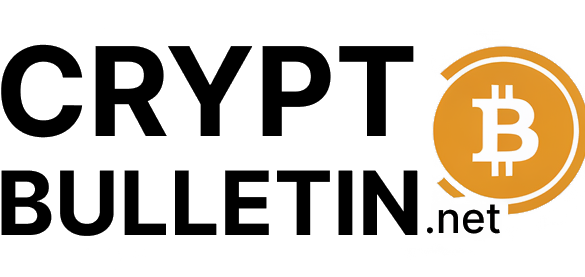Introduction
In recent years, the art world has undergone a digital revolution, with the emergence of digital art as a legitimate form of artistic expression. However, one of the challenges with digital art has been the issue of authenticity and ownership. Unlike traditional art, digital art can be easily copied, distributed, and even altered, leading to questions about the true value of digital art. Enter Ethereum, a blockchain-based decentralized platform that has been quietly disrupting the art world by enabling the creation, authentication, and sale of digital art. In this article, we explore the role of Ethereum in digital art and creative industries and how it’s changing the way we think about creativity and its economic value.
What is Ethereum and How Does it Work?
Ethereum is a decentralized blockchain-based platform that allows the creation of decentralized applications (DApps) and smart contracts. Unlike Bitcoin, which is primarily used as a digital currency, Ethereum is designed to support a wide range of applications beyond financial transactions. One of its most significant features is the ability to create and execute smart contracts, which are self-executing contracts with the terms of the agreement between buyer and seller being directly written into lines of code. Smart contracts are executed on the Ethereum Virtual Machine (EVM), which is a global network of computers that executes the code in a decentralized and trustless manner.
The Role of Ethereum in Digital Art
One of the most significant applications of Ethereum in the creative industry is the creation and sale of digital art. Digital art, which is created using digital technology, has gained popularity in recent years but has also faced significant challenges in terms of ownership, authenticity, and valuation. Ethereum’s smart contract technology enables artists to create unique digital works of art that are authenticated and tracked on the blockchain. This means that digital art can be bought and sold as unique assets, just like physical art. Additionally, smart contracts can be used to enforce the terms of a sale, such as royalties for the artist each time the artwork is resold.
The Benefits of Ethereum in Digital Art and Creative Industries
The use of Ethereum in digital art and creative industries offers several benefits, including:
Authentication: The use of blockchain technology allows for the creation of unique and authenticated digital art pieces, which can be tracked and verified on the blockchain. This ensures that artists receive credit for their work and that buyers can be sure they are purchasing a genuine piece of art.
Transparency: The use of smart contracts and blockchain technology provides transparency in the buying and selling process, ensuring that all parties involved in a transaction are aware of the terms and conditions of the sale.
Ownership: The use of blockchain technology enables artists to retain ownership of their digital art, even after it’s been sold. This ensures that artists can continue to receive royalties for their work each time it’s resold.
Value: The use of blockchain technology and smart contracts allows for the creation of unique and authenticated digital art pieces, which can increase the value of the artwork.
Accessibility: The use of blockchain technology and smart contracts can make digital art more accessible to a wider audience, as it removes the need for intermediaries, such as galleries or auction houses.
The Impact of Ethereum on the Creative Industry (Continued)
The use of Ethereum in digital art and creative industries has the potential to revolutionize the way we think about creativity and its economic value. By enabling the creation, authentication, and sale of digital art, Ethereum is democratizing the art world, making it more accessible to artists and collectors alike. It also provides a new source of revenue for artists who may have previously struggled to monetize their digital art.
In addition to digital art, Ethereum is also being used in other creative industries, such as music and gaming. In the music industry, Ethereum’s smart contract technology can be used to enforce royalty payments and ensure that artists receive fair compensation for their work. It can also be used to create new revenue streams, such as the sale of concert tickets or merchandise.
In the gaming industry, Ethereum is being used to create decentralized gaming platforms that allow players to own and trade in-game assets, such as weapons or skins, as unique and valuable assets. This creates new opportunities for game developers to monetize their creations and for players to earn real money from their gaming activities.
Challenges and Limitations
While the use of Ethereum in digital art and creative industries has many benefits, there are also challenges and limitations that must be considered. One of the challenges is the issue of scalability, as the current Ethereum network can only process a limited number of transactions per second. This can lead to slow transaction times and high transaction fees, which can be a barrier to entry for some artists and buyers.
Another limitation is the complexity of Ethereum’s smart contract technology, which requires technical knowledge and expertise to create and execute. This can be a barrier for artists and creators who may not have the necessary skills or resources to utilize the technology.
Finally, there is also the issue of energy consumption, as the process of mining Ethereum and verifying transactions on the blockchain requires significant amounts of electricity. This has led to concerns about the environmental impact of Ethereum and other blockchain-based technologies.


